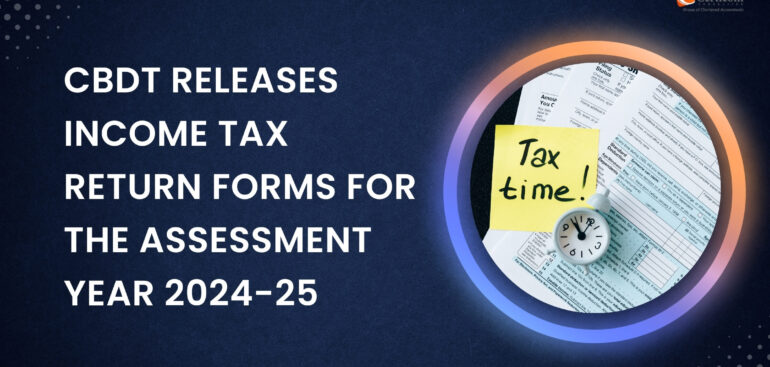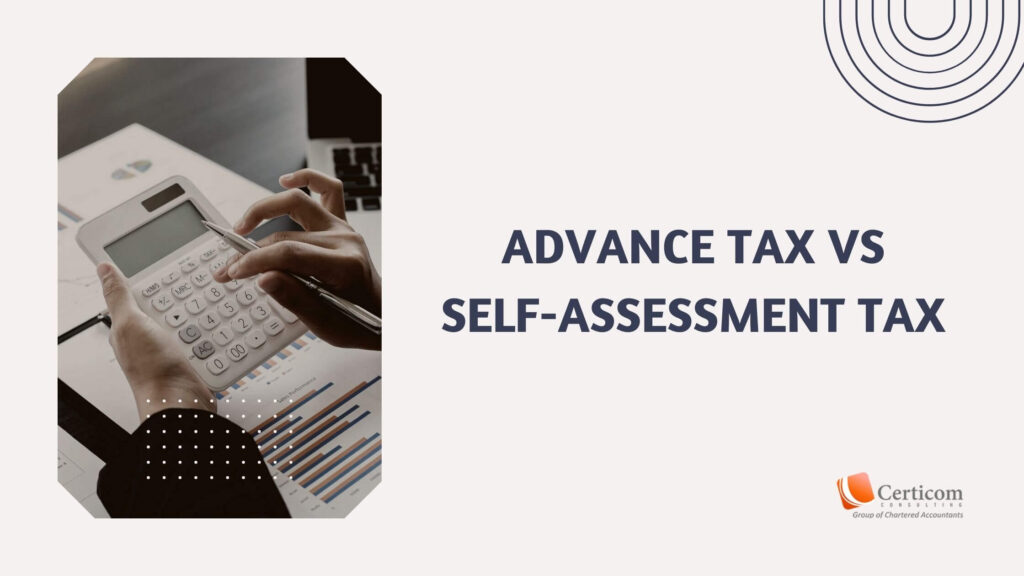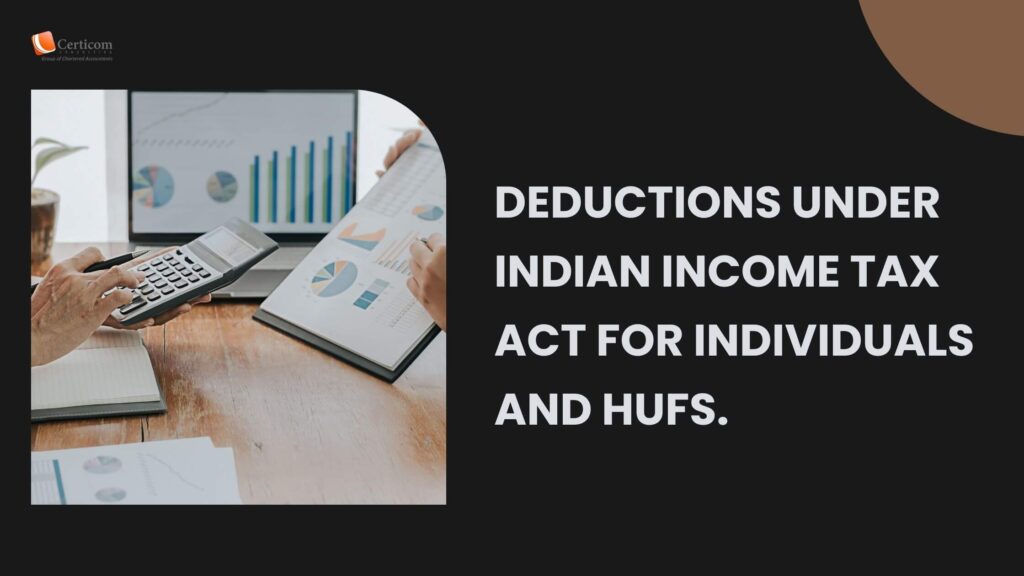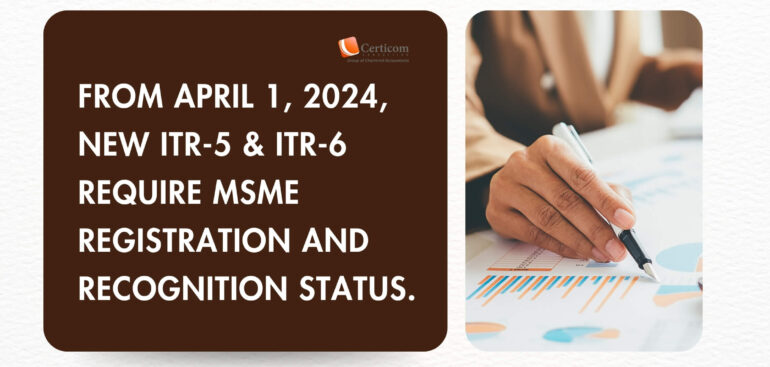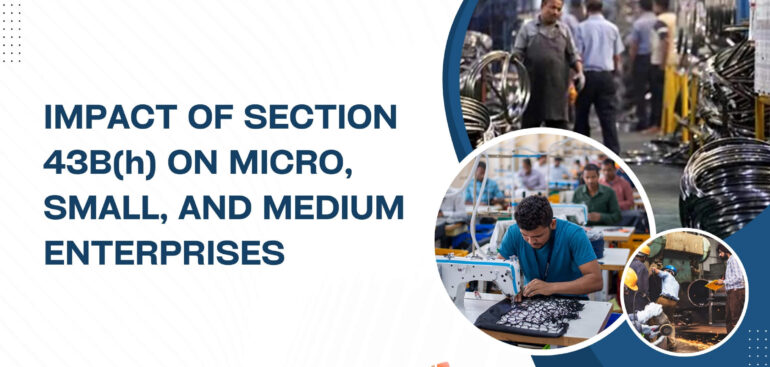CBDT Releases Income Tax Return Forms for the Assessment Year 2024-25
The Income Tax Department has recently unveiled the availability of I-T return forms 2, 3, and 5 for the filing of tax returns pertaining to the assessment year 2024-25.

The Income Tax Department has recently unveiled the availability of I-T return forms 2, 3, and 5 for the filing of tax returns pertaining to the assessment year 2024-25. Earlier, the notification for ITR-1, applicable to individuals with a total income of up to Rs 50 lakh, and ITR-6 for businesses, was issued in December 2023 and January 2024, respectively.
On January 31, 2024, the Central Board of Direct Taxes (CBDT) officially released Income-tax Return Forms (ITR Forms) 2, 3, and 5 for the Assessment Year (AY) 2024-25.
The notification includes all ITR Forms 1 to 6, which will be effective starting April 1, 2024.
The CBDT stated that modifications have been introduced in the ITRs with the aim of assisting taxpayers and enhancing the ease of the filing process.
Selecting the Appropriate ITR Form for the Assessment Year 2024-25
ITR-2:
Individuals and Hindu Undivided Families (HUFs) lacking income from business or profession (and ineligible for ITR Form-1 Sahaj) may submit ITR-2.
ITR-3:
Individuals with income from business or profession are eligible to file ITR Form-3.
ITR-4:
Sugam is intended for resident individuals, HUFs, and firms (excluding LLPs) with a total income of up to Rs 50 lakh and income from business or profession.
ITR-5:
Partnership firms and LLPs have the option to submit ITR Form-5.
ITR-6:
Companies other than those exempt under Section 11 can file ITR Form-6.

New tax regime
Advantages
1. The new tax regime is advantageous for individuals with income up to Rs 7 lakh or those with higher incomes unable to claim tax benefits of at least Rs 4.5 lakh.
2. Tax calculation in the new regime is more straightforward.
3. Adopting the new tax regime simplifies the taxpayer’s life by eliminating the need to keep records of exemption claims.
Disadvantages
1. Individuals relying on significant exemptions may find the old tax regime more beneficial.
2. The new tax regime lacks incentives for taxpayers to invest in savings, such as in ELSS or PPF schemes.
Consideration for taxpayers
The new regime offers lower tax rates and a streamlined structure but comes with fewer exemptions and limited tax planning opportunities. Individuals should thoroughly evaluate their income, deductions, and tax obligations to determine which regime suits them better.
The new income tax regime is tailored for individuals seeking minimal deductions or aiming to avoid the complexities of extensive tax preparation. This includes non-salaried taxpayers like consultants who are ineligible for Section VIA exemptions and deductions. Additionally, older individuals without a pension from employment, making them ineligible for the Rs 50,000 standard deduction, may find the new regime more suitable. On the contrary, senior citizens, relying significantly on interest income, can benefit from the recently introduced Section 80TTB, allowing them to claim Rs. 50,000 as an interest income deduction. Consequently, they may find greater security under the old tax regime.
Related Post
Save TDS on interest income: Form 15G & Form 15H
Advance Tax vs Self-Assessment Tax
Deductions under Indian Income Tax Act for Individuals and HUFs (FY 2023-2024)
Book A One To One Consultation Now For FREE
How can we help? *


